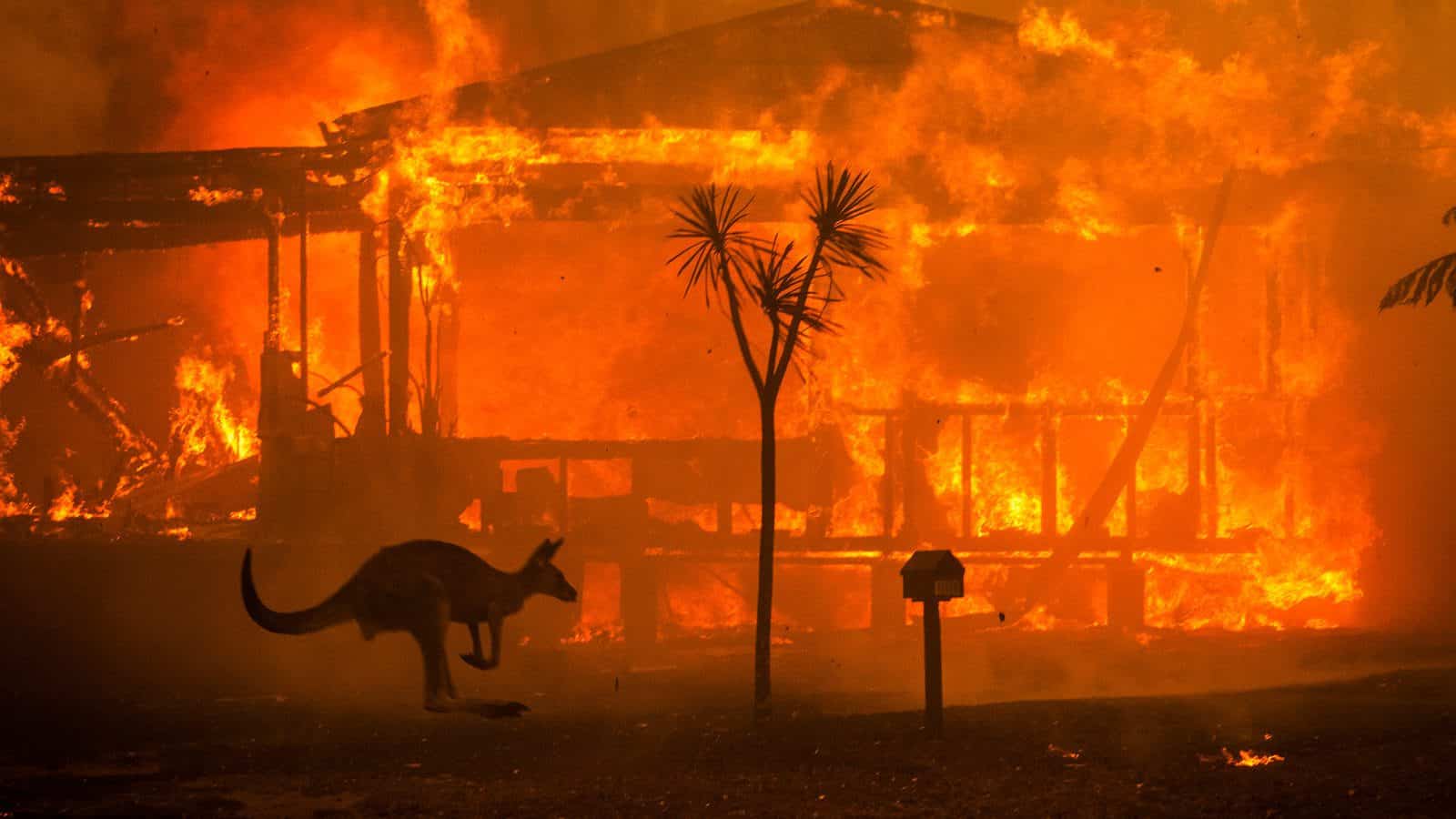Google.org Grantee From University of Queensland Develops New Bushfire Warning Capability
3 min. read
Published on
Read our disclosure page to find out how can you help MSPoweruser sustain the editorial team Read more


Hoping to provide solutions to some of humanity’s biggest challenges, Google.org commits millions of dollars in investments and grants to nonprofits annually. Now, it resulted in one of the most incredible inventions that could change the lives of those living in areas often affected by bushfires. Marija Ralic, Asia Pacific Google.org Lead, got the chance to interview Professor Hamish McGowan, who is leading a team from the University of Queensland in Australia that is developing the new hazard detection system for bushfires.
“Tackling bushfires is a nationwide issue,” said Professor McGowan. “The Australian landscape has always been subject to fire, including what we may term nowadays as catastrophic fires. For example, many of Australia’s plants have evolved to require fire to germinate. However, as the climate has changed in response to both natural and anthropogenic causes — and as urban areas expand into bushland — fire incidence has increased and arguably the scale and intensity of fires have too. One of the great challenges is managing and mitigating risk from bushfires in response to climate and land-use change and pollution pressures.”
To solve the pressing problems being faced by the country, Professor McGowan’s group received $1 million in Google.org support in 2021. According to him, the mobile weather radar capability developed by the team was primarily utilized to study the severe thunderstorms in southeast Queensland. Realizing its potential, they then tested the radar to observe bushfires and their interactions with the atmosphere.
“With the assistance of the radar’s manufacturer, Furuno Electric Co from Japan, we have now developed the capability to use the radar to identify and monitor meteorological hazards associated with severe bushfires — such as extreme winds, vortices, or burning embers,” stated Professor McGowan. “We are now developing this capacity further by applying artificial intelligence (AI) to near-real-time analysis of the radar data — so we can produce nowcasts of bushfire-related hazards.”
The team now hopes to use the technology to deliver more accurate bushfire movement forecasts that can benefit communities. Professor McGowan also said that the team aspires that the new bushfire warning capability would be applied globally in the future as it can save business properties, lives, and the environment.
“The $1 million grant from Google.org will enable our researchers to work on a new capability to identify and forewarn people in locations up to 30 kilometers downwind from the fire front that may come under attack from embers – sometimes in areas previously perceived as safe,” the professor added. “Right now, we’re in the process of preparing for our first season of data collection using the mobile radar and have appointed new staff to the project.”









User forum
0 messages